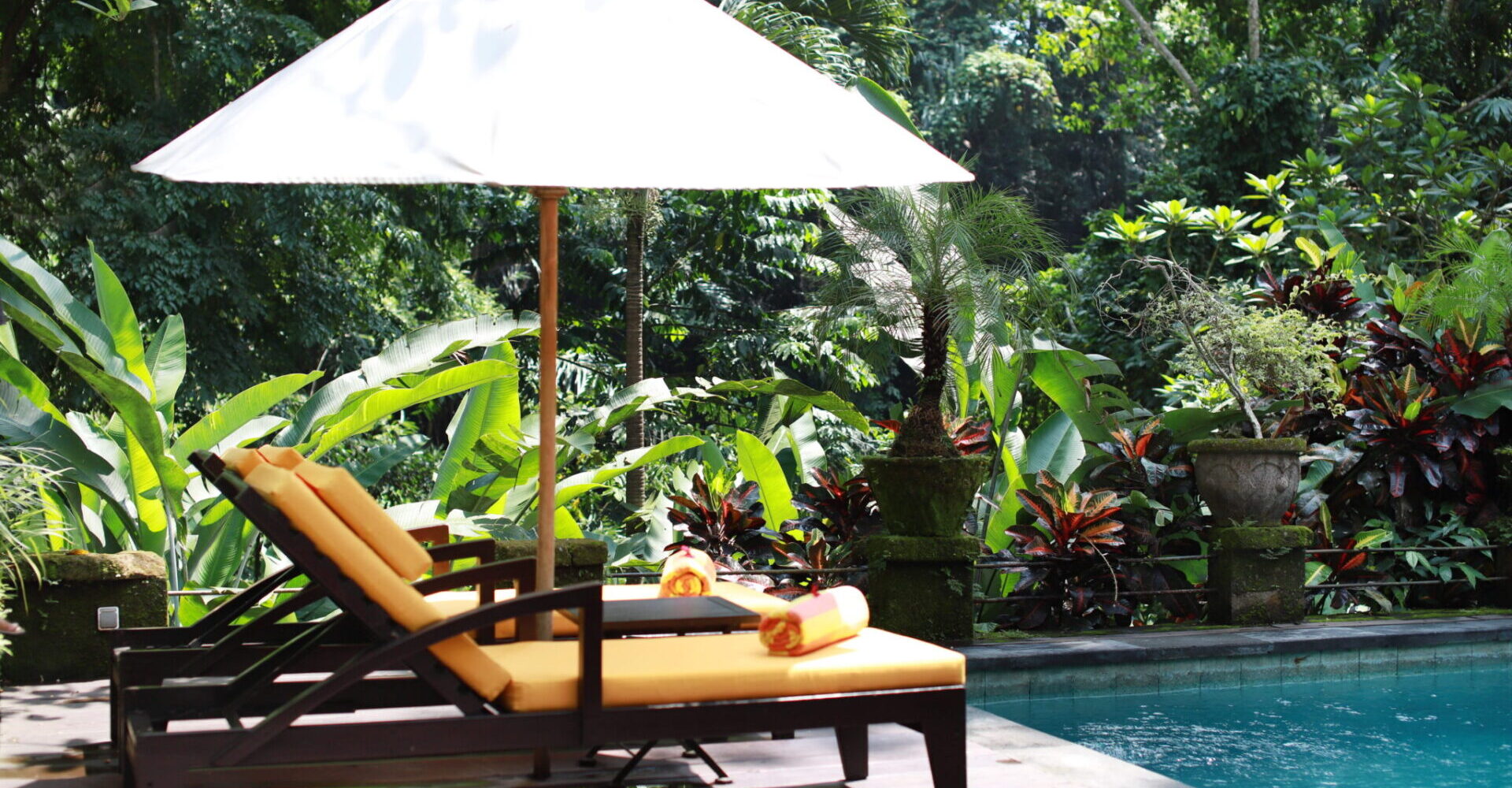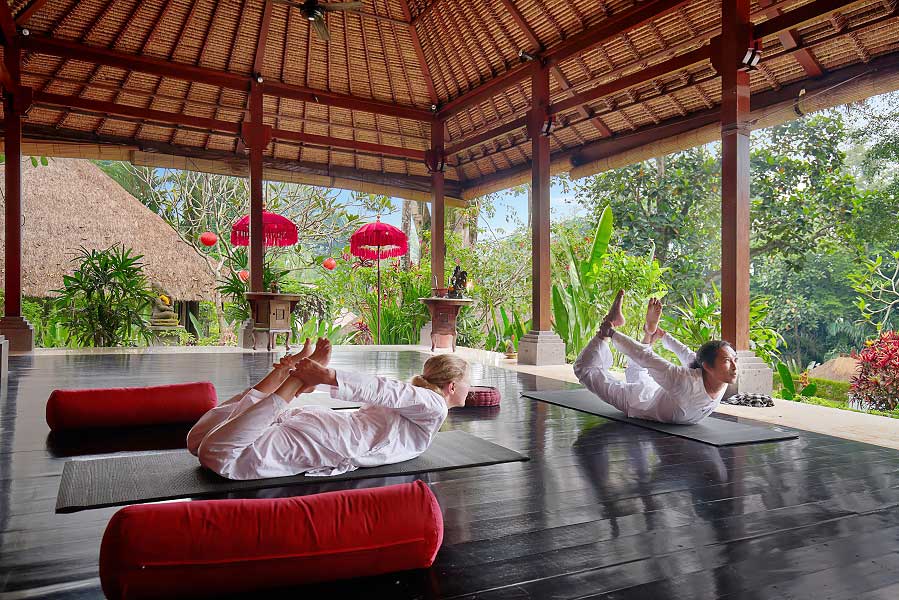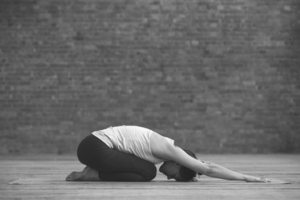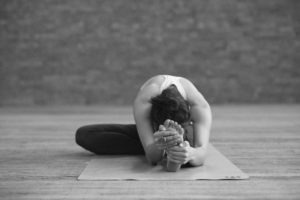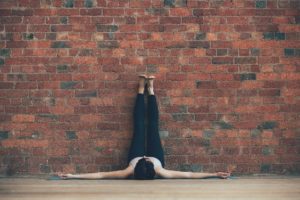A Yoga Routine for Deep Sleep
Encourage Relaxation and Beat Insomnia by Calming Your Mind and Body before bed.
Here is a soothing night time Yoga routine for sound sleep.
1. Bālāsana – Childs pose
Kneel on the floor. Touch your big toes together and sit on your heels, then separate your knees about as wide as your hips.
Exhale and lay your torso down between your thighs, your heart and chest should rest between or on top of your thighs. Allow your forehead to come to the floor.
Keep your arms long and extended, palms facing down. As you walk your fingertips forward, softly settle your sit bones down towards your heals.
2. Janusirsasana – Head to knee pose
Sit on the floor without slouching, legs extended straight in front of you and knees bent if necessary to keep the spine from rounding.
Bend the right knee and open the hip, bringing the sole of the right foot into the inner left thigh and the right knee toward the ground. If it doesn’t reach, support the right knee with a cushion.
Inhale and lengthen the spine.
Exhale as you bend forward from the hips over the left leg, keeping the spine and neck long, and place the hands on either side of the left leg. Gaze at the big toe of the left foot as you focus on the breath moving in and out. Repeat on the other side.
3. Viparita Karani – Legs up wall
This is the most nourishing, grounding, calming and rejuvenating pose there is.
It’s a pose that deeply shifts your state from one that is wired, overactive and stressed to one of calm and peace.
According to Yoga teacher Roger Cole, Ph.D ‘This pose stimulates baroreceptors (blood pressure sensors) in the neck and upper chest, triggering reflexes that reduce nerve input into the adrenal glands, slow the heart rate, slow the brain waves, relax blood vessels, and reduce the amount of norepinephrine (adrenalin) circulating in the bloodstream.’
By fully releasing and relaxing your body and by focusing on deep, slow, rhythmic breathing, you will tap into your parasympathetic (relaxation) nervous response and evoke a meditative state.
For this pose, you literally lie with your legs up the wall, and the pelvis elevated on a bolster or folded blankets. If the legs tire of being straight, bend the knees and cross the legs, with knees near the wall.
Other tips to encourage sleep
- Switch off and disconnect from technology at least 2 hours before bed
- Be in bed before 10pm.
- Have a light dinner – that is a smaller quantity, and avoid ‘heavy’ foods such as meat, wheat, dairy and processed foods. Eat 2-3 hours before bedtime.
- Meditate in the afternoon to remove built up stress from the system.
- Pranayama – Yogic breathing. Practising Nadi Shodana (Alternate nostril breathing) for 2-3 minutes before this routine will enhance the benefits greatly.
If you are looking to book into our insomnia or sleeping difficulties program, please don’t hesitate to contact us and chat with one of our reservations officers, today, or for more information, please contact rejuvenation@sukhavatibali.com.
Author: Tegan Wallis
Holistic Health Practitioner


